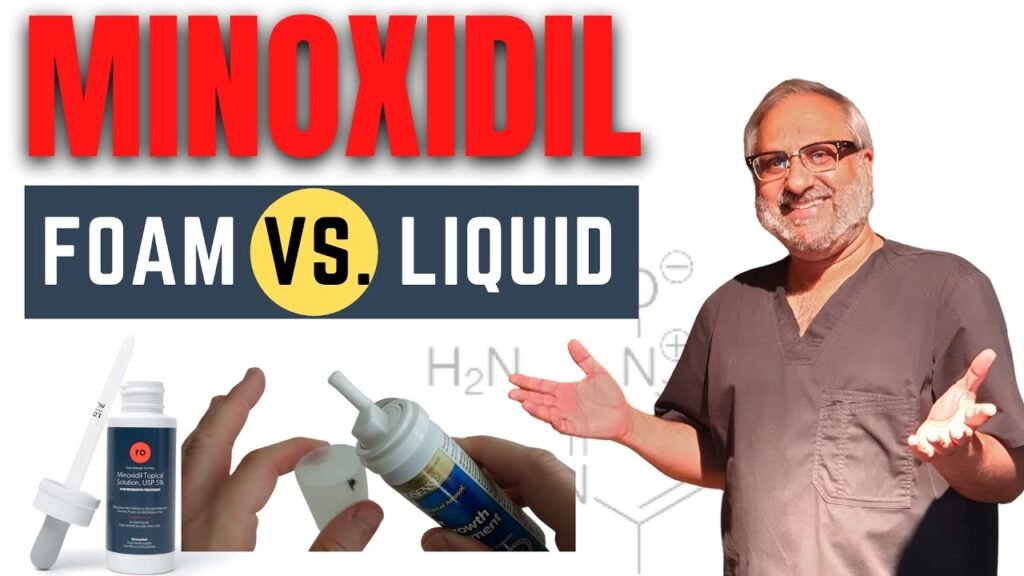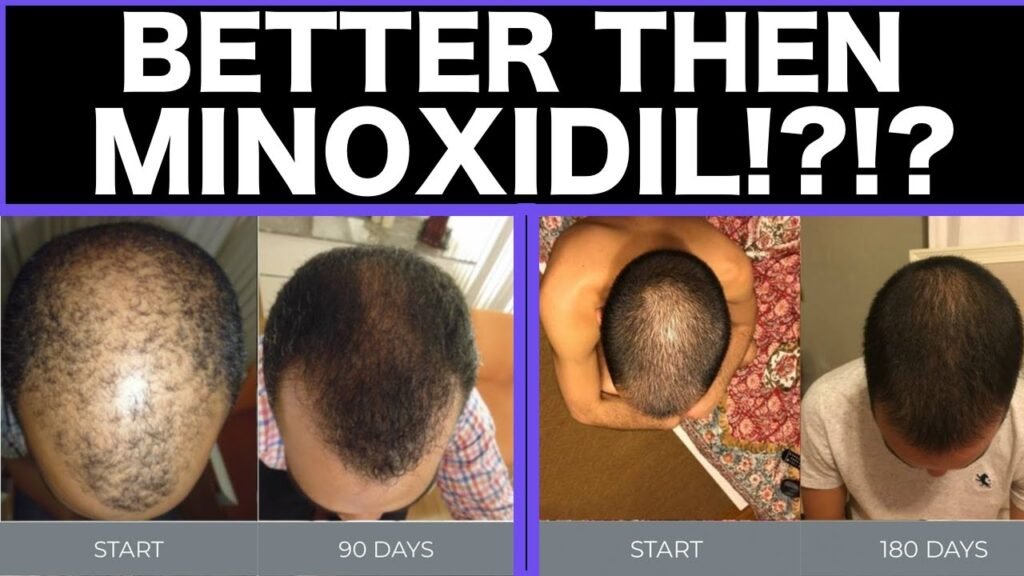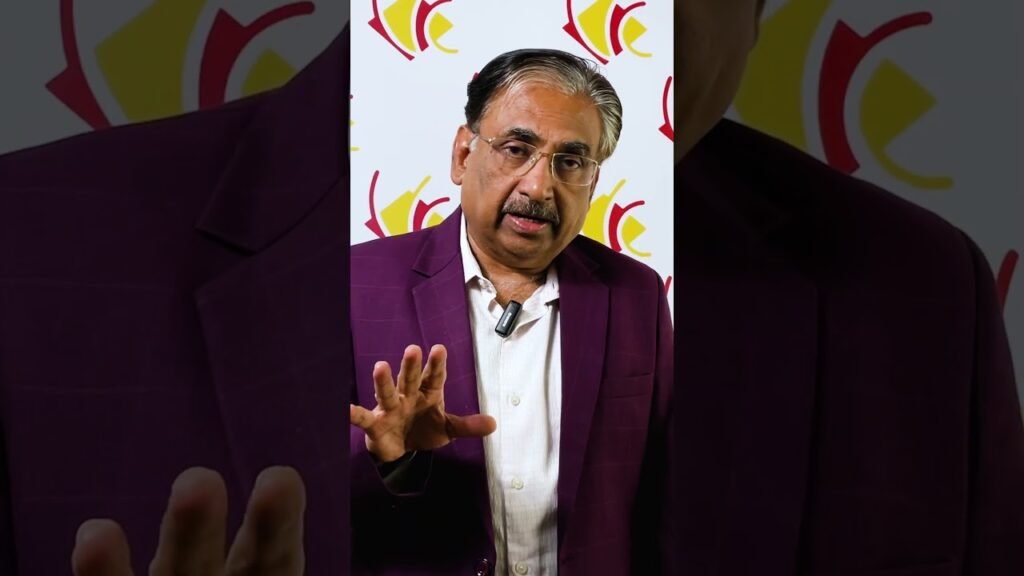Understanding the Differences: Foam vs Liquid Minoxidil
When exploring treatments for hair loss, minoxidil often emerges as a popular choice. Available in two primary forms—foam and liquid—each has its own unique characteristics and benefits. Understanding these differences is crucial for selecting the most suitable option for individual needs and lifestyle preferences.
Application Process and Convenience
The application process is a key difference between foam and liquid minoxidil. Liquid minoxidil is typically applied using a dropper, allowing for precise application directly to the scalp. This method may require a bit more time and care to ensure even distribution. In contrast, foam minoxidil is dispensed as a lightweight mousse, which can be applied more quickly and easily. Many users find the foam to be less messy and more convenient, especially for those with busy lifestyles.
Absorption and Drying Time
Another notable difference is how each form absorbs into the scalp. Liquid minoxidil often takes longer to dry, which can be a drawback for users who prefer a quick morning routine. It may also leave a greasy residue, affecting hair styling. Foam minoxidil, however, generally dries faster and is less likely to interfere with daily hair care routines. This quick absorption can be particularly advantageous for individuals who need to style their hair shortly after application.
Suitability for Sensitive Scalps
For those with sensitive scalps, the formulation of each product can make a significant difference. Foam minoxidil is often alcohol-free, reducing the likelihood of irritation and making it a gentler option for sensitive skin. On the other hand, liquid minoxidil contains alcohol, which may cause dryness or irritation for some users. Understanding these differences can help individuals with sensitive skin make an informed decision about which product might be more comfortable for them.
Potential Side Effects of Foam Minoxidil
Foam Minoxidil, a popular treatment for hair loss, is generally well-tolerated, but like any medication, it may cause certain side effects. Scalp irritation is one of the most common issues users may encounter. This can manifest as itching, redness, or dryness in the area where the product is applied. Users are advised to monitor their scalp condition and consult a healthcare provider if these symptoms persist or worsen.
Allergic Reactions
In some cases, individuals may experience allergic reactions to Foam Minoxidil. These reactions can range from mild to severe and may include symptoms such as rash, hives, or difficulty breathing. Its crucial for users to discontinue use and seek immediate medical attention if they suspect an allergic reaction. Performing a patch test before regular application can help identify potential allergies.
Systemic Effects
While rare, systemic side effects can occur, especially if the product is overused or not applied correctly. These may include dizziness, unwanted facial or body hair growth, and swelling of the hands or feet. Users should adhere strictly to the recommended dosage and application instructions to minimize the risk of systemic side effects. If any unusual symptoms arise, consulting with a healthcare professional is essential to ensure safety and proper treatment.
Drawbacks of Liquid Minoxidil You Should Know
Liquid minoxidil is a popular treatment for hair loss, but it comes with certain drawbacks that potential users should be aware of. One of the primary concerns is the potential for skin irritation. The liquid form of minoxidil often contains propylene glycol, an ingredient that helps with absorption but can also cause irritation or allergic reactions in some individuals. This may manifest as redness, itching, or a burning sensation on the scalp, making it uncomfortable for continued use.
Another drawback of liquid minoxidil is its application process, which can be cumbersome for some users. The liquid solution needs to be applied twice daily, and users must ensure that it is thoroughly massaged into the scalp to be effective. This can be time-consuming and may not fit easily into everyones daily routine. Moreover, the liquid formulation can leave a greasy residue on the hair, which might be unappealing for those who prefer a cleaner or more natural look.
Lastly, some users report experiencing increased hair shedding when they first start using liquid minoxidil. This initial shedding phase can be alarming, though it is often temporary and part of the process as new hair growth is stimulated. However, for individuals already concerned about hair loss, this can be a distressing side effect. Additionally, because liquid minoxidil needs to be used consistently to maintain results, discontinuation may lead to the reversal of any hair regrowth, posing a challenge for long-term management.
Comparing Efficacy: Foam vs Liquid Minoxidil
When it comes to hair regrowth treatments, minoxidil is a widely recognized name, available primarily in two forms: foam and liquid. Understanding the differences in efficacy between these two formulations can help users make informed decisions about which product might best suit their needs. Both forms contain the active ingredient minoxidil, which is FDA-approved for hair loss treatment, but their distinct formulations can lead to varied user experiences and results.
Absorption and Application
The liquid form of minoxidil is known for its ease of application, as it comes with a dropper that allows users to target specific areas of the scalp. This can be particularly beneficial for individuals with advanced hair loss, where precision is key. The liquid solution is typically absorbed quickly, ensuring that the active ingredient penetrates the scalp efficiently. On the other hand, foam minoxidil is often favored for its quick-drying properties and ease of use without leaving a greasy residue. This makes it an appealing option for those who prefer a less messy application process.
User Experience and Side Effects
User experience can significantly impact the perceived efficacy of minoxidil treatments. Liquid minoxidil users often report experiencing side effects such as scalp irritation or itching due to the presence of propylene glycol, a solvent used in the liquid formulation. Conversely, foam minoxidil is formulated without propylene glycol, which may reduce the likelihood of irritation for sensitive scalps. The choice between foam and liquid can, therefore, be influenced by individual tolerance and comfort, potentially affecting adherence to treatment and, consequently, its efficacy.
Overall, while both foam and liquid minoxidil are effective in promoting hair regrowth, personal preferences and individual scalp conditions play crucial roles in determining which form might yield better results for a specific user.
Making an Informed Choice: Which Minoxidil is Right for You?
When it comes to selecting the right minoxidil product, understanding the different formulations and strengths available can make all the difference in achieving optimal results for hair regrowth. Minoxidil, a popular treatment for androgenetic alopecia, is available in various forms such as foams, liquids, and even sprays. Each form has its unique application method and absorption rate, which can influence its effectiveness based on individual needs and preferences. For instance, the foam version is often preferred by those with sensitive scalps as it tends to be less irritating, while the liquid form is known for its ease of application on specific areas of the scalp.
Strengths and Concentrations
Another crucial factor to consider is the concentration of minoxidil. The most common strengths are 2% and 5%, with the latter generally being more potent and effective for most users. However, those with sensitive skin or who are new to the treatment may want to start with a 2% solution to minimize potential side effects such as scalp irritation or dryness. Men typically use the 5% concentration due to its enhanced efficacy in promoting hair growth, whereas women are often recommended to begin with the 2% version, especially if they have a history of sensitive skin.
Additional Ingredients and Considerations
Beyond the primary ingredient, some minoxidil products contain additional components like botanical extracts or moisturizing agents that can provide extra benefits. These added ingredients can help soothe the scalp and improve overall hair health, making them an excellent choice for individuals looking for a more comprehensive approach to hair care. Additionally, considering any existing scalp conditions or allergies is vital when selecting a minoxidil product, as some formulations may contain allergens or irritants that could exacerbate these issues. Always consult with a healthcare provider to tailor the choice to your specific needs and ensure the best possible outcomes.


